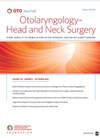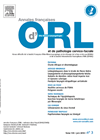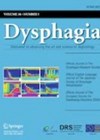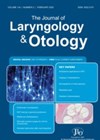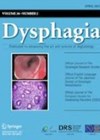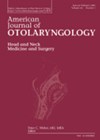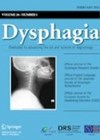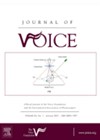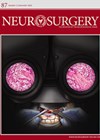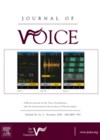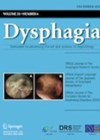
Journal Reviews
A therapeutic algorithm for tracheoesophageal periprosthetic leakage
Tracheoesophageal voice prosthesis leakage can be intravalvular (more common) or periprosthetic (focus of this study). The authors studied the causes of periprosthetic leakage among 115 patients attending for voice prosthesis management (1374 clinic attendances) treated between December 2014 to December...
Age and vocal cord carcinoma
As the population ages, the management of vocal fold carcinomas should be evaluated. In this retrospective study on 33 patients aged 75 and more, the authors compared the results of radiotherapy and endoscopic treatment for T1 and T2 glottic carcinoma....
Benign oesophageal strictures: overview and management strategies
Benign oesophageal strictures may have several attributable causes including caustic injuries, long-term acid reflux, eosinophilic oesophagitis, anastomotic strictures and endoscopic therapy. Endoscopic dilation via bougies or balloon dilators may treat most strictures successfully and satisfactorily. However, in some situations treatment...
Is there evidence to support early discharge of patients with tonsillitis, quinsy and epistaxis?
The COVID-19 pandemic, with its unprecedented pressures on the NHS, demands changes in the management of common ENT emergencies. In this review article, information has been gleaned from 22 relevant articles on how this can be done. The Portsmouth tonsillitis...
All videoswallows are not performed equally…
Videofluoroscopy is one of the main instrumental tools used to assess swallowing biomechanics and physiology. In the UK, it is mainly within the remit of speech and language therapists (SLT) to perform videoswallows but there is considerable variability in both...
Combination PPI and intralesional steroid treatment for recurrent laryngeal granuloma
The existence of a wide range of treatments for recurrent laryngeal granulomas (repeat surgery, high-dose proton pump inhibitor (PPIs), surgery with botulinum toxin injection, botulinum toxin injection alone, etc) is a testament to the refractory nature of this condition, with...
Association between dysphagia and sarcopenia: implications for assessment of older people
The onset of swallowing difficulties with progressive age is reported to occur in 13-35% of the elderly population. Sarcopenia is characterised by a decrease in muscle mass, strength and function. Sarcopenic dysphagia is a relatively new term. Its prevalence is...
An inherited platelet disorder in a post- tonsillectomy haemorrhage
Unexplained bleeding after any surgery is least desirable and to identify a cause for this preoperatively can be a very useful safeguarding measure. By looking for inherited platelet disorders in patients who bled after tonsillectomy, the authors of this publication...
The electromagnetic larynx
Current treatment options for a bilateral vocal cord palsy (tracheostomy, posterior cordotomy, arytenoidectomy) are suboptimal, with a focus primarily on a static means of airway restoration at the expense of voice production and potentially swallow safety. This paper reports on...
Hemilaryngopharyngeal Spasm (HeLPS)
The authors report an unusual case of hemilaryngopharyngeal spasm (HeLPS) with glossopharyngeal neuralgia with otalgia in a middle-aged female patient. Her symptoms included left-sided sharp, electric sensation like pain radiating from her left ear to the left side of her...
Complications associated with microlaryngoscopy surgery
Microlaryngoscopy procedures are often considered to be routine procedures at the straightforward end of the ENT operative spectrum. Complications associated with this surgery are thought to be infrequent and primarily related to the possibility of dental trauma and adverse voice...
Cuff up or cuff down; to occlude or not to occlude? What effect does tracheostomy tube modification have on swallowing outcomes?
Dysphagia is commonly seen in patients with tracheostomy. The current global pandemic has increased interest in the impact of a tracheostomy on swallowing outcomes. This systematic review is therefore a timely addition to the literature and a useful read for...

